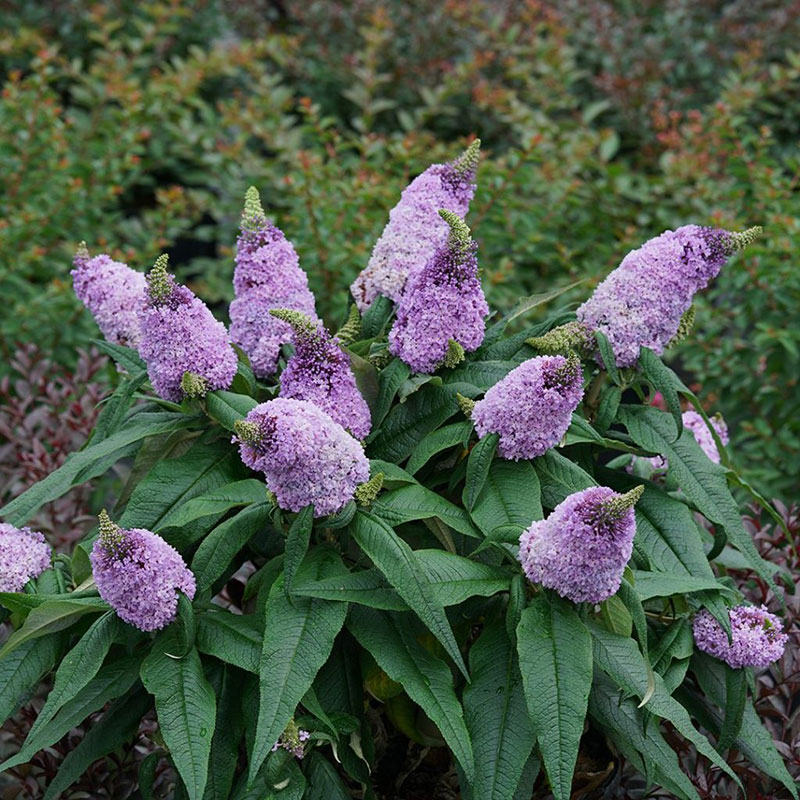buddleia
Butterfly BushMint
These perennials with their large bright flowers are sure to attract butterflies and pollinators – hence their common name. They are dry tolerant once established.
Flowers July through October.
Height: 18″ – 24″
Width: 18″ – 24″
Watering and soil: Moist well drained soil.
Exposure: Sun.
Varieties: Buzz Purple, Pug Amethyst
See: Perennials
Category: Sun Perennials – Sun Plants – Sunny Plants – Butterfly Bush near me – Buddleia

